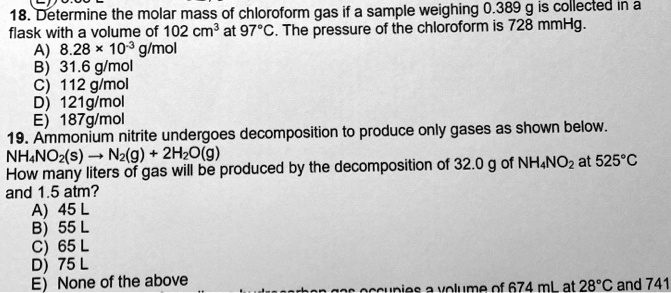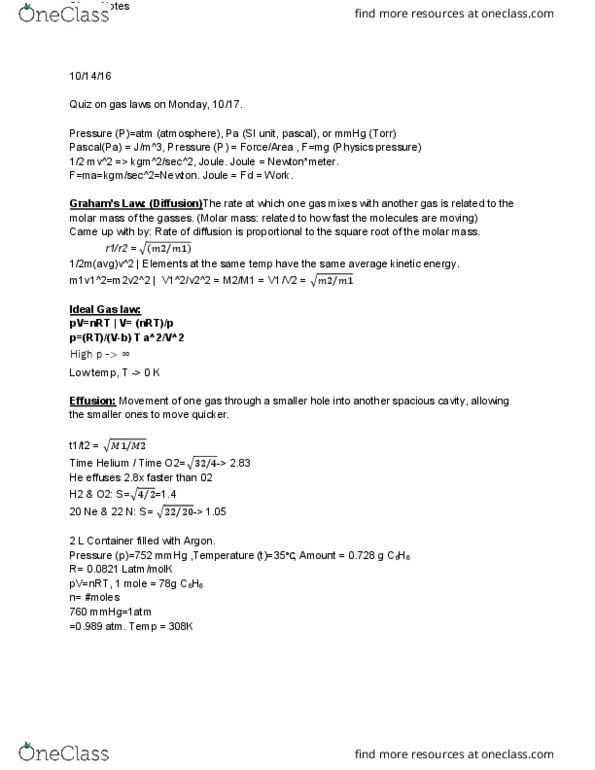

A balloon in the shape of a sphere is being inflated with gas. The volume V of a sphere of radius r is given by the formula V (r) = (4/3)πr^3. In this problem, you will estimate the minimum temperature the gas inside the balloon needs to be, for it to take off. Hot air balloons float in the air because of the difference in density between cold and hot air. The balloon ascends to an altitude of 20Km, where the pressure is 76.0mmHg and the I am not sure if my answer is wrongĪ very flexible helium-filled balloon is released from the ground into the air at 20degree C The initial volume of the balloon is 5.00L, and the pressure is 760mmHg. What was the initial pressure exerted on the balloon? I got 0.57 ml, but the answer says 7.0 ml. Th e pressure is reduced to 2.00 atm and the balloon expands to occupy a volume of 25.1 L. The pressure of gas in the H2 balloon is 1 atm whileĪ balloon contains 7.2 L of He. The H2 balloon is twice the size of the He balloon (let the He balloon have a volume of 1 -L and the H2 balloon. You have two gas-filled balloons, one containing He and the other H2. What temperature must the balloon be cooled to to reduce its volume to 3.78L at the same pressure? (A) 38 C (B) 72.9 C (C) 0 C (D) 546 C (E) 273 C Is the correct answer (A), 38 What is the volume of the balloon?Ī balloon originally has a volume of 4.39L at 44 C and a pressure of 729 torr. When the balloon is released, it rises to an altitude where the pressure and temperature are 339 mm Hg and -55vC, respectively. The balloon ascends to an altitude of 20 km, where the pressure is 76.0 mmHg andĪ helium balloon is filled to a volume of 2.88 x 10^3L at 722 mm Hg and 19 degrees Celcius. The initial volume of the balloon is 5.00 L, and the pressure is 760. balloon 1 volume-150.53 balloon 2 volume- 248.47 balloonĪ very flexible helium-filled balloon is released from the ground into the air at 20. Use the ideal gas law to calculate the number of moles and mass of CO2 in each balloon at maximum inflation. What is the volume of the balloon (in L)?Īssume that the balloon is filled with carbon dioxide gas at 20☌ and standard pressure. When the balloon is released, it rises to an altitude where the pressure and temperature are 339 mm Hg and -55oC, respectively.

Let V beĪ helium balloon is filled to a volume of 2.88 x 103 L at 722 mm Hg and 19☌. What volume should the balloon have after being inflated with helium at 0 degrees celcius and 1 atm pressure to lift the total load? The buoyancy force must equal the weight lifted. The balloon rises in the atmosphere toĪ 650 kg weather balloon is designed to lift a 4600 kg package.
728 MMHG TO ATM FULL
Symbols, abbreviations, or full names for units of length,Īrea, mass, pressure, and other types.A weather balloon is inflated to a volume of 29.6 L at a pressure of 734 mmHg and a temperature of 27.0 C. You can find metric conversion tables for SI units, as wellĪs English units, currency, and other data.

It is approximately equal to Earth's atmospheric pressure at sea level.Ĭonversion calculator for all types of measurement units. It is sometimes used as a reference pressure or standard pressure. The standard atmosphere (symbol: atm) is a unit of pressure defined as 101325 Pa (1.01325 bar). The unit is named after Evangelista Torricelli, Italian physicist and mathematician, for his discovery of the principle of the barometer in 1643.

It is the atmospheric pressure that supports a column of mercury 1 millimetre high. The torr (symbol: Torr) or millimetre of mercury (mmHg) is a non-SI unit of pressure. You can do the reverse unit conversion fromĪtm to mmhg, or enter any two units below: Enter two units to convert From:


 0 kommentar(er)
0 kommentar(er)
